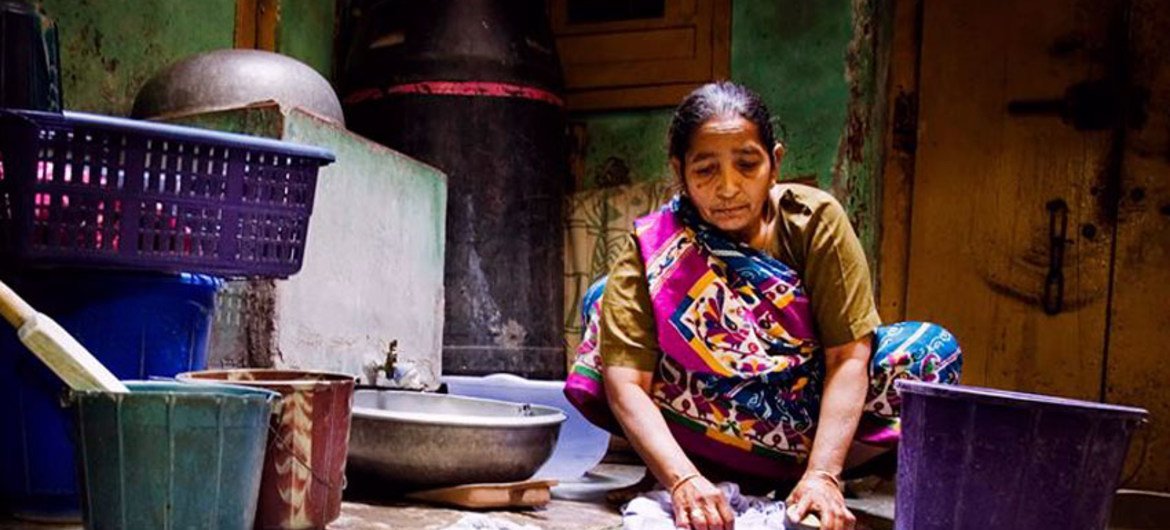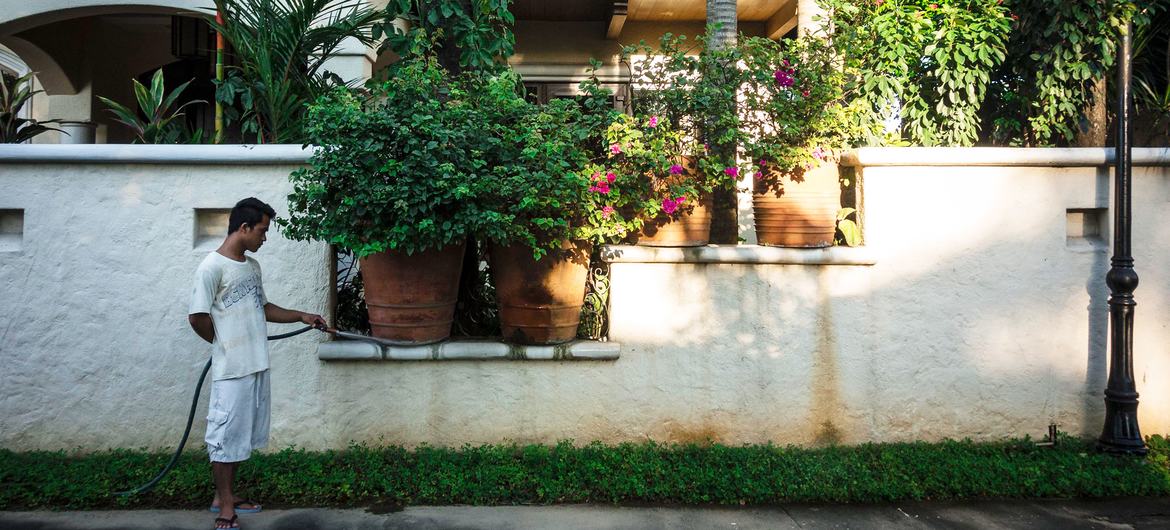Last year, an estimated 22 million people were living in forced marriage, representing a 6.6 million increase over 2016 global estimates.“Nothing can justify the persistence of this fundamental abuse of human rights”.
In 2021, 50 million people were living in modern slavery, according to the latest Global Estimates of Modern Slavery: 28 million were forced labour and 22 million in forced marriage.
Cross-cutting slavery
Modern slavery occurs in almost every country in the world, and cuts across ethnic, cultural and religious lines.
The report proposes swift actions toward ending modern slavery.
“It is shocking that the situation of modern slavery is not improving,” said ILO Director-General Guy Ryder.
‘All-hands-on-deck approach’ needed
More than half are in commercial sexual exploitation.
The true incidence of forced marriage, particularly involving children aged 16 and younger, is likely far greater than estimates capture since they are based on a narrow definition that excludes some child marriages. They are considered forced because a minor cannot legally consent to marry.
Compared to 2016 global estimates, 10 million more people were in modern slavery in 2021, with women and children disproportionately vulnerable.
“Trade unions, employers’ organizations, civil society and ordinary people all have critical roles to play”.
 More than half of all forced labour and a quarter of all forced marriages can be found in upper-middle income or high-income countries.
More than half of all forced labour and a quarter of all forced marriages can be found in upper-middle income or high-income countries.
Forced marriage
Eighty-six per cent of forced labour cases are found in the private sector, with forced commercial sexual exploitation representing 23 per cent – almost four out of five victims of whom are females.
He maintained that all of society must work together to “reverse these shocking trends,’ including through implementation of the Global Compact on Migration.
Other measures involve addressing the increased risk of trafficking and forced labour for migrant workers, promoting fair and ethical recruitment, and greater support for women, girls and vulnerable individuals.
“We know what needs to be done, and we know it can be done,” said the top ILO official. “Effective national policies and regulation are fundamental”.
Migrant workers
 State-imposed forced labour accounts for 14 per cent, of which nearly one in eight, or 3.3 million, are children.
State-imposed forced labour accounts for 14 per cent, of which nearly one in eight, or 3.3 million, are children.
Recommendations
While labour migration has a largely positive effect on individuals, households, communities and societies, irregular or poorly governed migration, or unfair and unethical recruitment practices render migrants particularly vulnerable.
The latest Global Estimates of Modern Slavery, published by the International Labour Organization (ILO), International Organization for Migration (IOM) and international human rights group Walk Free, revealed that last year, some 50 million people were living in modern slavery: 28 million in forced labour and 22 million in forced marriages.
But governments cannot do it alone, he continued, explaining that international standards provide “a sound basis,” and that an “all-hands-on-deck approach” is needed.
They include improving and enforcing laws and labour inspections; ending State-imposed forced labour; stronger measures to combat forced labour and trafficking; extending social protection, and strengthening legal protections, including raising the legal age of marriage to 18.
Meanwhile, migrant workers are over three times more likely to be in forced labour than other adult workers.
“Reducing the vulnerability of migrants to forced labour and trafficking in persons depends first and foremost on national policy and legal frameworks that respect, protect, and fulfil the human rights and fundamental freedoms of all migrants – and potential migrants – at all stages of the migration process, regardless of their migration status”.
“This report underscores the urgency of ensuring that all migration is safe, orderly, and regular,” said IOM Director-General António Vitorino.